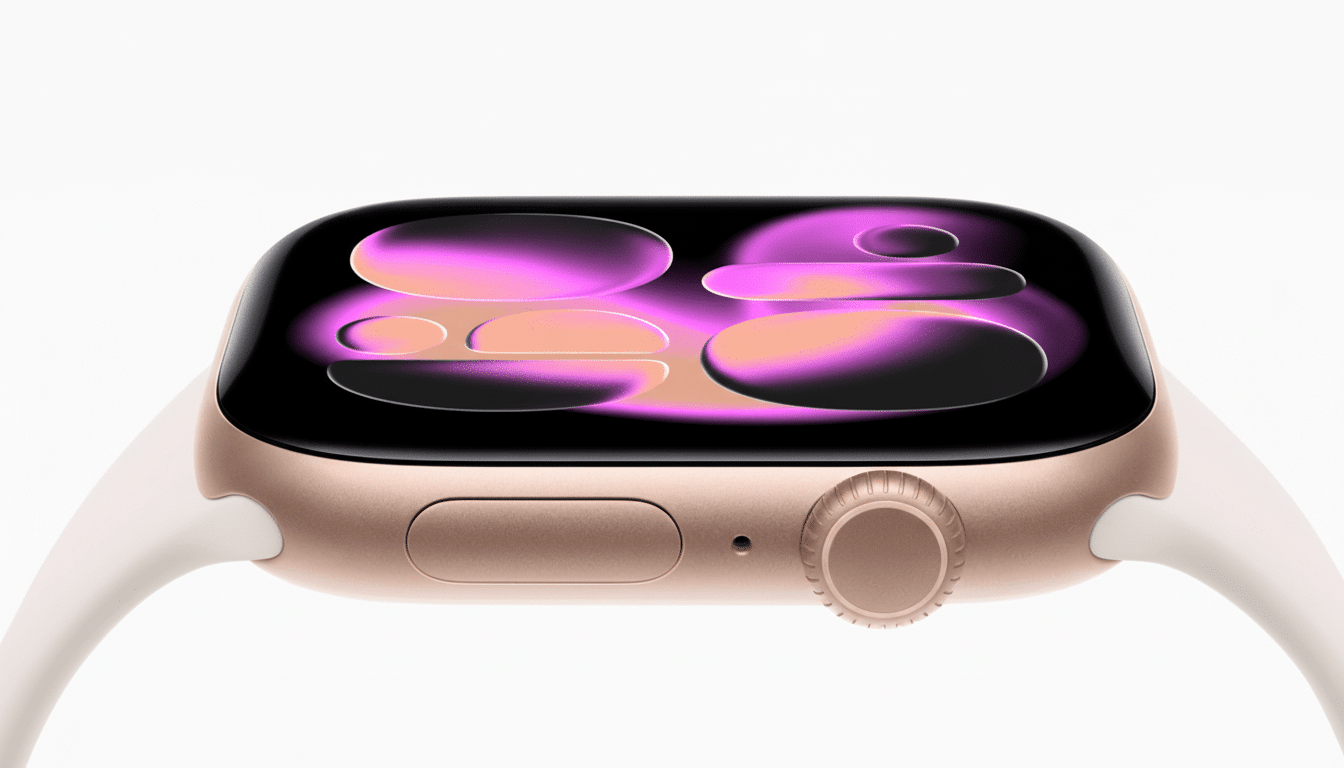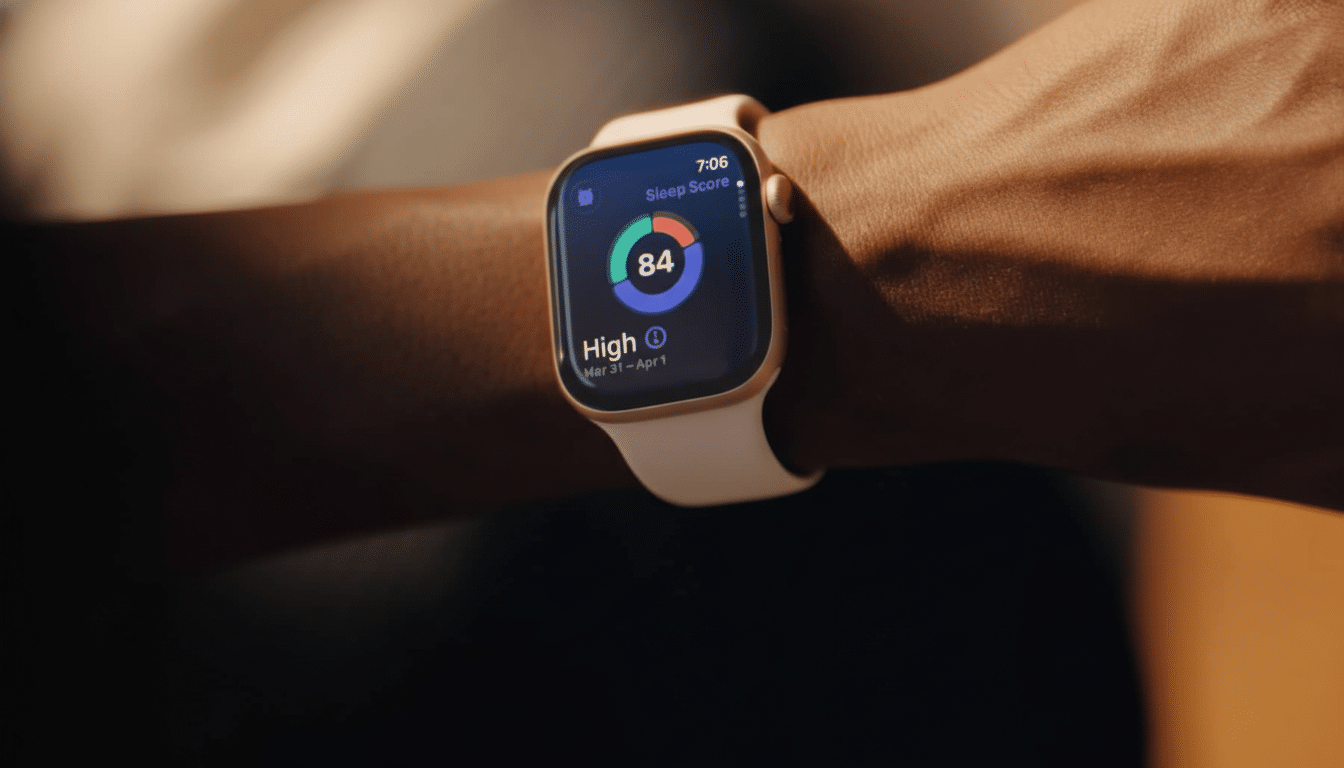The entire smartwatch family at Apple is getting a coordinated overhaul, and the emphasis is clear: More meaningful health insights, more rugged hardware and safer communication. The lineup ranges from the flagship Series 11 to the value-oriented SE 3 and the adventure-capable Ultra 3, with an emphasis on better blood pressure detection, smarter sleep tracking, and improved battery life — all without increasing the entry-level price point.
Series 11: Tougher Screen, Longer Battery, More Health Tools
The Apple Watch Series 11 sports the same familiar look but has hardened in ways you’ll be made aware of daily. The redesigned display, built with a new ceramic process, is rated to be twice as scratch-resistant as its predecessor, a worthwhile improvement for anyone who frequently bounces their watch off gym equipment or door frames.

Battery life now goes up to 24 hours, an increase from the prior generation’s 18-hour battery life. That’s not enough to put it on par with the multi-day stamina of the endurance watches, but it addresses a big pain point for Apple Watch loyalists who wished for a bit more cushion between charges.
The marquee health news is on-device alerts for possible high blood pressure. The company says that the feature uses sensor data and AI models to alert users to patterns that look like hypertension, subject to regulatory clearance in large markets. The potential here is huge: the U.S. Centers for Disease Control and Prevention estimates that nearly half of U.S. adults have hypertension, and many are unaware of their condition. This is not a cuff swap or diagnosis, but it could lead to some timely conversations with a doctor.
Series 11 also includes a new Sleep Score which converts motion and heart statistics into a score with coaching recommendations. Sleep scoring is a staple for competitors and Apple’s version attempts to combine clarity with actionable feedback – particularly useful for users gunning for improved recovery and training readiness.
On the connectivity side, the cellular model now features 5G and uses new antennas that are designed to keep the signal strong without battering your battery. For commuters who like to stream or map on the go, that balance makes a difference.
SE 3: Entry-Level No Longer feels Entry-Level
Priced at $249, the Apple Watch SE 3 is the first entry-level model to get the always-on display almost everyone wanted. Bolstered by the new S10 chip, the screen remains informative at a glance without a wrist flick, helping to close a gap with top-tier models and rivals’ wearables.
There’s also a practical quality-of-life addition: you can play podcasts or other media through the built-in speaker, useful for quick listens or timers without AirPods. Fast charging will offer up to twice the pace of the previous SE, even though that 18 hour battery rating remains the same.
SE 3 inherits the new Sleep Score, and adds on cellular models 5G with a tougher glass cover a remarkably generous trickle-down of features to Apple’s least expensive watch.

Ultra 3: Bigger, Brighter, Ready Off-Grid
The Ultra 3 ($799) is Apple’s top-line option and doubles down on outdoor readiness without sacrificing efficiency. The OLED display is a little bigger and brighter, featuring thinner borders, and Apple promises that the total power draw remains in balance.
Most significantly, Ultra 3 comes with satellite connectivity. In a cell dead zone, you can message emergency services or send your location, a safety net that could be important on backcountry trips or coastal runs. Apple also says you’ll be able to use SMS messaging to reach personal contacts over satellite, though some carriers may necessitate specific plans.
Battery life is stated as up to 42 hours in normal use and up to 72 hours in Low Power mode, which should give you a decent buffer for weekend trips.
Like Series 11, there’s also a cellular version that works on 5G and Ultra 3 introduces the new hypertension alerts and Sleep Score features.
How These Changes Compare
In the broader market, Apple already dominates smartwatch shipments, according to a range of industry trackers that include Counterpoint Research. This refresh is aimed at reinforcing weak points competitors, especially those with an endurance focus, are keen to highlight: durability, standby time, and safety features. Garmin is still the king for multi-day battery life and details maps, but Apple’s new satellite messaging and added durability close the gap for a lot of people.
Medically, the push to detect hypertension dovetails with priorities identified by groups like the American Heart Association: early knowledge and continued surveillance.
The caveat, as always, is to think of wearables as screening tools rather than diagnostic devices. Watch for Apple to emphasize clinical studies, and regulatory milestones as the feature is rolled out.
Pricing, Options, and Who This Is For
Pricing remains familiar: $399 for Series 11, $249 for SE 3, $799 for Ultra 3, with premiums for larger cases, titanium, or cell-enabled models. The new health features, combined with the sheer mileage you can eke out of a single charge and the tougher glass mean unless you’re already cruising around with a series 10 on your wrist, the series 11 is a default pick for most users of series 9 or earlier.
Cheapskate purchasers at last get fewer trade-offs with SE 3’s always-on display and fast charging. And if you venture out to the trails, water, or uncharted territories, Ultra 3’s satellite support and longer-than-average battery might be the difference between a great story and a rescue call that never gets a signal.

